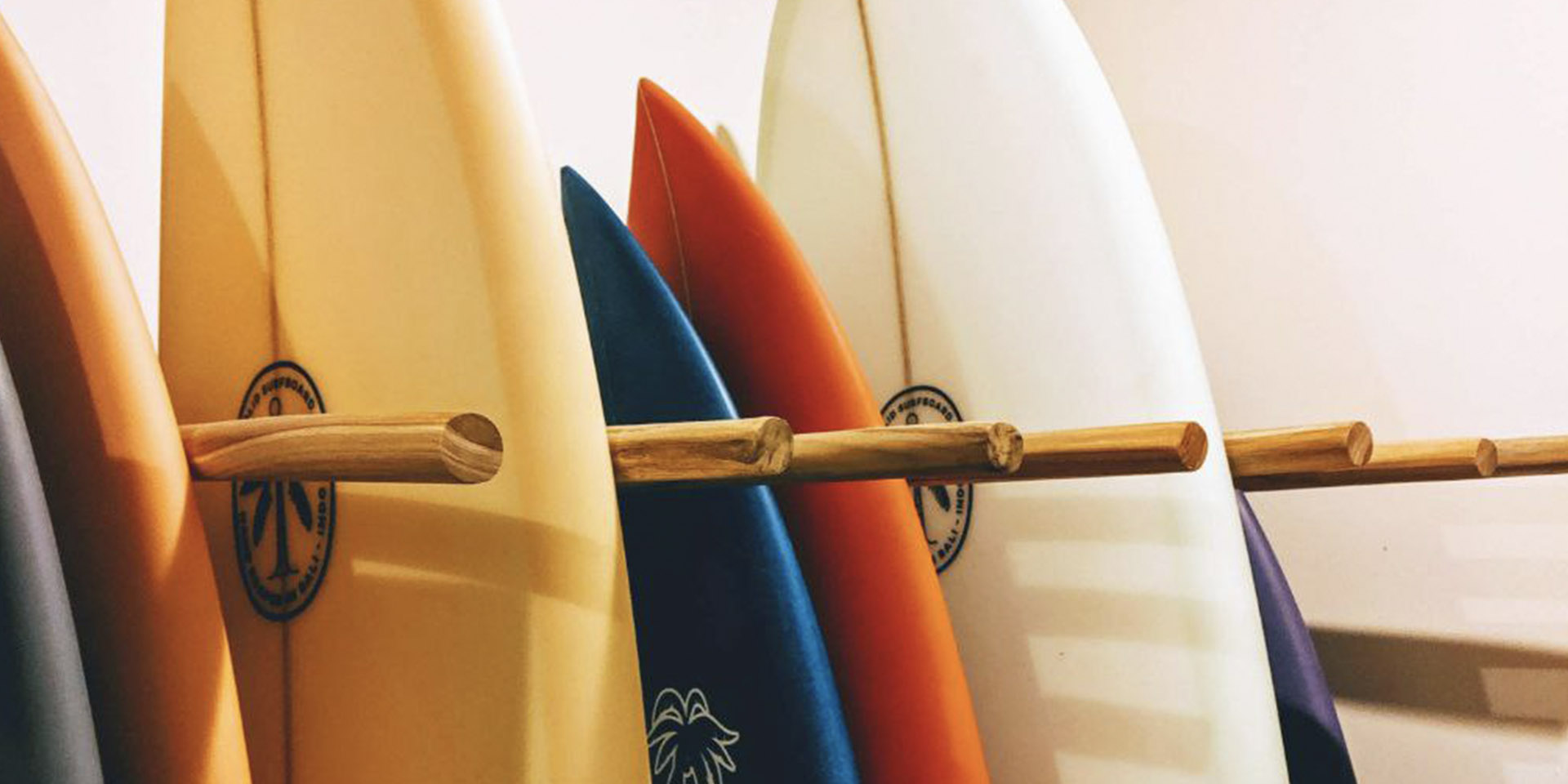
Home » Different Types of Surfboards for Beginners: Which One is Best?
Different Types of Surfboards for Beginners: Which One is Best?
As a beginner surfer, choosing the right surfboard can make all the difference in your surfing experience. There are many types of surfboards on the market, and it can be overwhelming to decide which one to choose. In this article, we will discuss the different types of surfboards for beginners and which one is right for you.
Table of Contents
1. Longboards
Longboards are the classic surfboard shape that many people associate with surfing. They are typically 9-10 feet long and have a rounded nose and tail. Longboards are great for beginners because they are stable and easy to paddle. They also catch waves easily, which makes them ideal for learning how to surf.
2. Mini Malibu
Mini Malibus are a smaller version of the classic longboard. They are typically 7-8 feet long and have a rounded nose and tail. Mini Malibus are a great choice for beginners who want a surfboard that is easier to maneuver than a longboard but still provides stability.
3. Funboards
Funboards are a hybrid between a longboard and a shortboard. They are typically 7-8 feet long and have a rounded nose and tail like a longboard, but are thinner and more maneuverable like a shortboard. Funboards are a good option for beginners who want a surfboard that is easy to paddle but still allows for more advanced maneuvers.
4. Soft Top Surfboards
Soft top surfboards are made with a foam core and a soft outer layer. They are a popular choice for beginner surfers because they are very stable and forgiving. Soft top surfboards are also safer than traditional surfboards because the foam outer layer is less likely to cause injury.
5. Fish Surfboards
Fish surfboards are short and wide with a rounded nose and tail. They are typically 5-6 feet long and are great for beginners who want to learn how to surf in small waves. Fish surfboards are very maneuverable and easy to paddle.
6. Shortboards
Shortboards are typically 6-7 feet long and are designed for advanced surfers. They are narrow and have a pointed nose and tail, which makes them very fast and maneuverable. Shortboards are not recommended for beginners because they are difficult to paddle and require a lot of skill to ride.
Read also: Essential Surfing Gear: A Comprehensive Guide for Beginners
Conclusion
Choosing the right surfboard is an important part of learning how to surf. Longboards, mini malibus, funboards, soft top surfboards, and fish surfboards are all good options for beginners. Shortboards are not recommended for beginners because they are difficult to ride. When choosing a surfboard, consider your skill level, the type of waves you will be surfing, and your personal preferences. With the right surfboard, you will be on your way to catching waves and having fun in no time.



